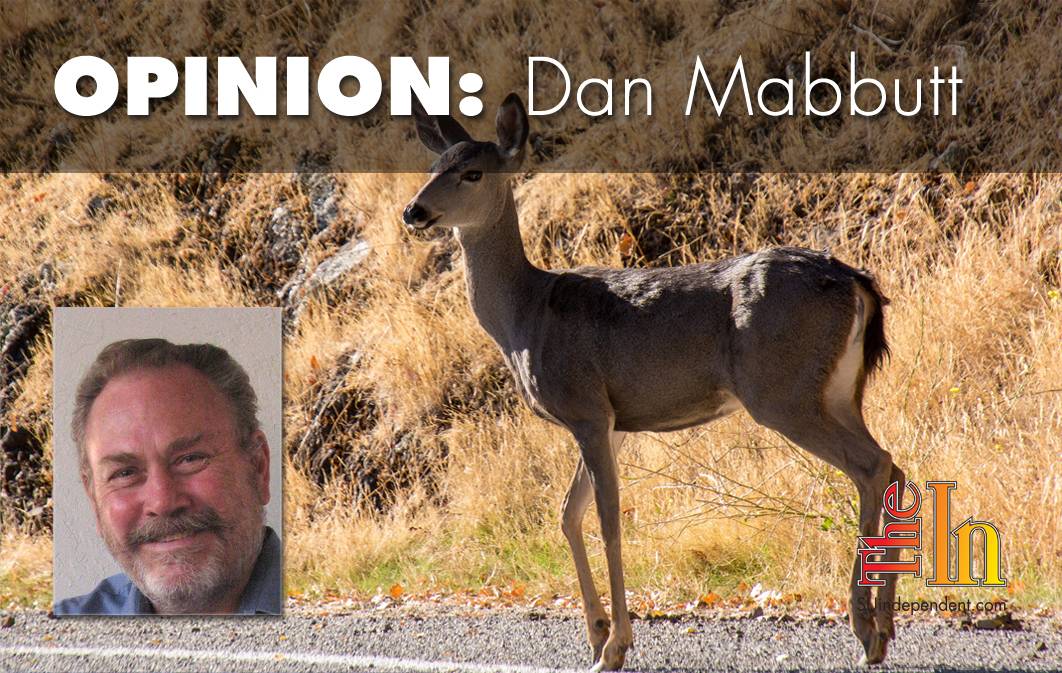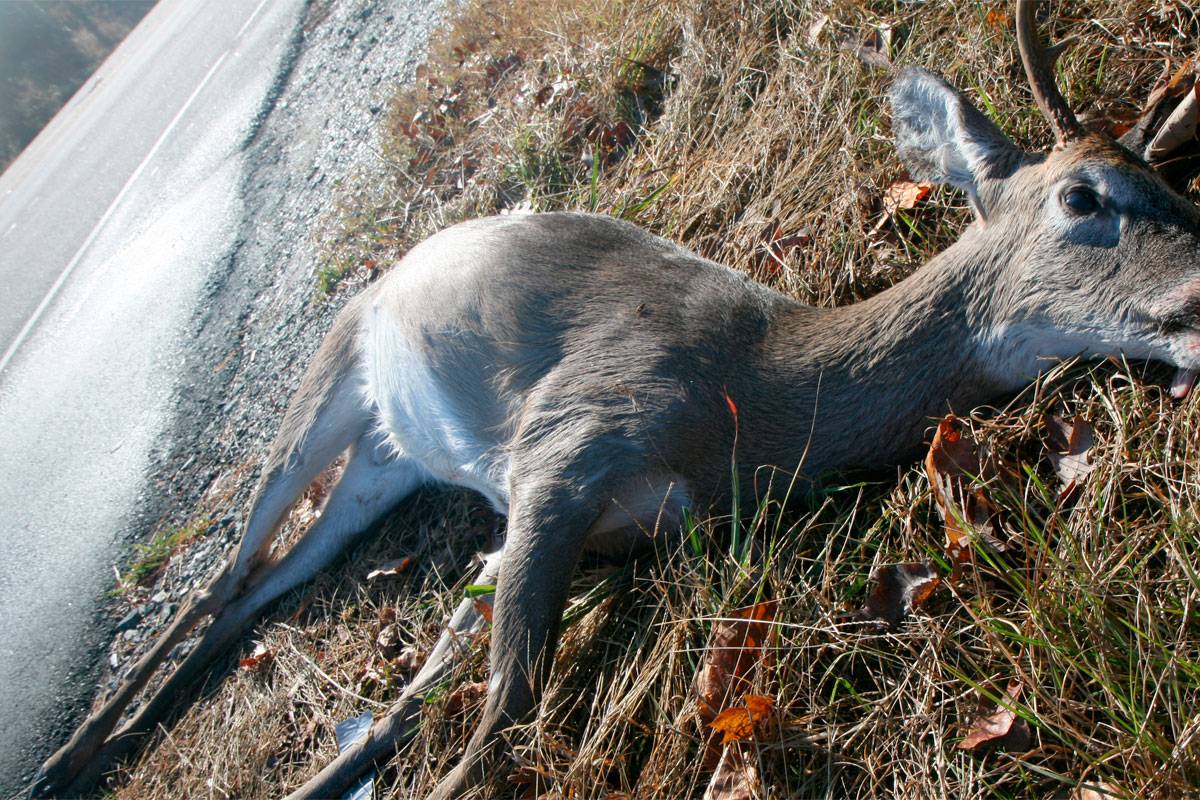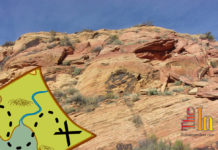
Plans are being put in place for the reconstruction of State Route 9, the Zion Canyon Corridor that is used by more than 3 million visitors to Zion National Park each year. But if you drive State Route 9, you see the destruction of wildlife constantly on the road.
It doesn’t have to be this way. Utah State Route 9 wildlife crossings could prevent a lot of this carnage. According to Mayor Stan Smith of Springdale, “Now is a good time to bring [wildlife crossings] into the discussions since the consultant will begin the design in January.” Mayor Tracy Dutson of Rockville told me, “Personally I would support measures to help protect wildlife as well as the public.”
Studies prove that wildlife crossings work

A major reason for wildlife crossings is to prevent wildlife-vehicle collisions. These collisions result in the death of both people and wildlife and an enormous dollar cost. But wildlife crossings work! A recent study in Canada, for example, showed that the installation of wildlife crossing facilities at one location dropped wildlife-vehicle collisions from an annual average of 11.8 to 2.5. The annual average cost was reduced by 90 percent. Dr. Patricia Cramer, manager of a a three-year study of the effectiveness of wildlife crossings, told me, “I just worked with South Dakota and the ‘property damage only’ crash is worth $17,343 in costs to society. This is the value [Departments of Transportation] use to document cost of a problem area.” When Dr. Cramer is asked how many dead deer will pay for a wildlife crossing, she immediately answers, “58.” Dr. Cramer explains, “58 property damage only crashes equates to a societal cost of one million dollars. If a wildlife crossing structure can prevent this many wildlife-vehicle collisions over its lifetime, it can pay for a million dollar price tag. This doesn’t even include all the unreported collisions, where all you have is a dead deer laying there and no report.”
UDOT can include wildlife crossings in the design of a new State Route 9

Photo by P.Cramer, Utah Division of Wildlife Resources. Used with permission.
Numbers like this were successful in creating seven wildlife crossings on U.S. Route 89 east of Kanab. These crossings, and the fencing that helps encourage deer to use them, are now stopping a lot of the deer carnage that tourists would have to drive through on that highway. I wonder if anyone has done a study of the cost to a town that relies exclusively on the tourist trade — say, a town like Springdale — when tourists have to drive through a killing field of decaying deer carcasses before arriving for lunch? I’ll bet the experience just makes the money pop out of their pockets!
Betina Lindsey, my neighbor who suggested the “wildlife crossing” sign on State Route 9 that you can see just south of town now, wrote to me, “Four friends I know have hit deer. Porter hit a deer, Emma, Hank and Kathy’s daughter hit a deer, Molly, my son’s girlfriend hit a deer. … As you know, I drive frequently to St. George to work, so I see many dead animals. Most people who live here have hit something.”
As the project ramps up to reconstruct State Route 9 in January, there will be opportunities to tell UDOT what we as a community want. I plan to tell them that I want effective wildlife crossings.
Ever hear this one?
“Why did the deer cross the road?”
In the Zion Canyon Corridor, a moment’s reflection will tell you why: to get to water. Especially in high summer, the Virgin River is the water source that a lot of animals depend upon. An animal on the west side of the river is going to have to cross State Route 9 to get a drink. In a Desert News article, Dr. John Bissionette, the principle investigator in the three-year study with Dr. Cramer, said that with roads like State Route 9, “It’s like Russian roulette, like trying to make it through a firing squad.”



